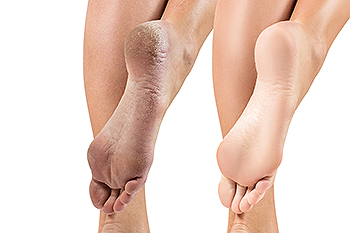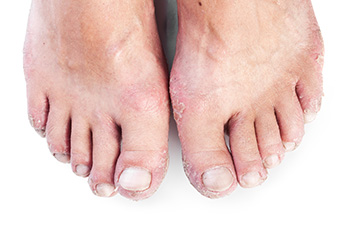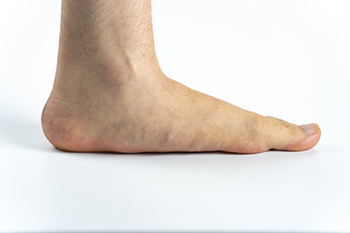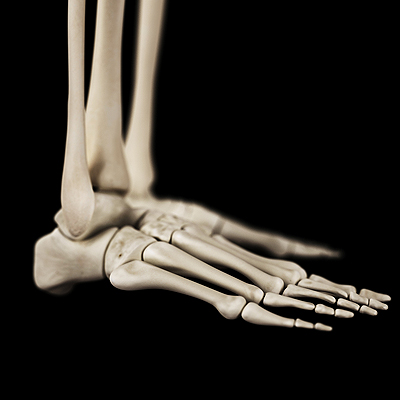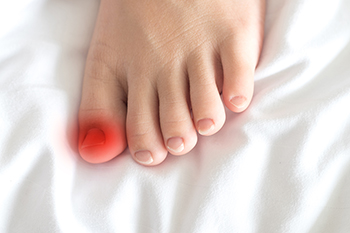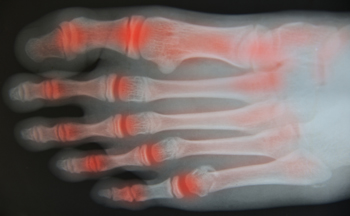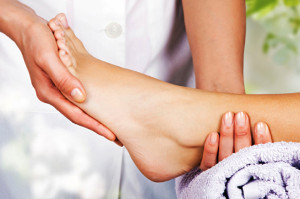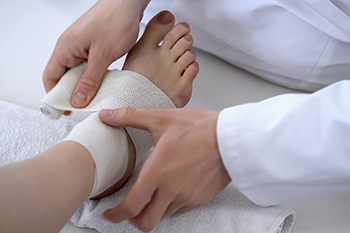
A lateral ankle sprain is considered the most common type of ankle injury. This can happen when the ankle rolls inward and can affect the anterior talofibular and calcaneofibular ligaments. These ligaments are on the outside of the body and may become injured when the ankle moves past its normal range of motion. The common symptoms many people experience with an ankle sprain often include severe pain, swelling, and difficulty moving the ankle. It is beneficial to have a proper diagnosis performed, which consists of having an X-ray taken. This is successful in ruling out a fractured ankle, and treatment can begin for the sprained ankle. The affected ankle can be wrapped in an elastic bandage, and existing swelling may be reduced when the foot is elevated. If you have sprained your ankle, it is suggested that you confer with a podiatrist who can provide you with treatment options that are right for you.
Ankle sprains are common but need immediate attention. If you need your feet checked, contact one of our podiatrists from Westside Podiatry Center, LLP. Our doctors can provide the care you need to keep you pain-free and on your feet.
How Does an Ankle Sprain Occur?
Ankle sprains take place when the ligaments in your ankle are torn or stretched beyond their limits. There are multiple ways that the ankle can become injured, including twisting or rolling over onto your ankle, putting undue stress on it, or causing trauma to the ankle itself.
What Are the Symptoms?
- Mild to moderate bruising
- Limited mobility
- Swelling
- Discoloration of the skin (depending on severity)
Preventing a Sprain
- Wearing appropriate shoes for the occasion
- Stretching before exercises and sports
- Knowing your limits
Treatment of a Sprain
Treatment of a sprain depends on the severity. Many times, people are told to rest and remain off their feet completely, while others are given an air cast. If the sprain is very severe, surgery may be required.
If you have suffered an ankle sprain previously, you may want to consider additional support such as a brace and regular exercises to strengthen the ankle.
If you have any questions please feel free to contact one of our offices located in Liverpool, Camillus, Skaneateles, Oswego, and Cicero, NY . We offer the newest diagnostic and treatment technologies for all your foot and ankle needs.
